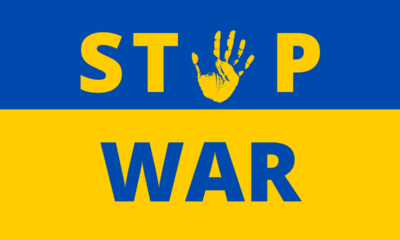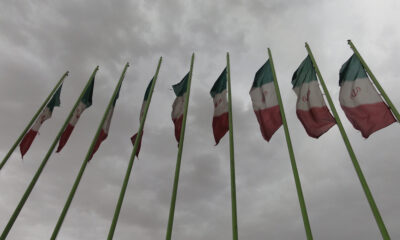Executive
Pacifism Has Much To Answer for in Ukraine

Since the qualified failure of Ukraine’s 2023 offensive, Europe has been bracing itself for Putin’s onslaught and has been attempting to bring its armaments industry back into gear, while European nationals have begun belatedly attempting to rebuild their militaries. For Ukraine, however, this is all too little and too late.
Ukraine is lost because Europe didn’t want to fight
In order to understand why this has been the case, outside observers need to understand European history, and the impact of two world wars on the Western European attitude to militarism. For Americans, WWII was a good war. No American city was devastated, and American casualty rates were low. Where defeats did occur, as in the Philippines in 1942, they were quickly avenged. In countries such as India and China, the military was at the forefront of national liberation and renewal.
In Europe on the other hand, a small but politically powerful chunk of the European population are heavily influenced by folk memories of the world wars. Works such as Oh What a Lovely War and All Quiet on The Western Front encapsulated a distinctly cynical, middle class view, one in which the old European officer class were (wrongly) characterised as murderous buffoons. While this view has significantly faded in the face of modern scholarship, it still exercises a powerful influence.
This trend is particularly reinforced in Germany and Spain, where militarism remains somewhat taboo for those who remember their fathers’ stories of the Eastern Front, or who remember what it was like to live under Franco.
Anti-militarism in Europe
Ironically, public trust in the military as an institution remains remarkably high in Europe, higher than in banks or the government. According to research by the Pew Institute in 2018, the military was consistently trusted over the government, parliament, banks or the media. This trust has not, however, translated into a determined desire to vote in governments that will increase military spending.
Matters are further complicated by the influence of small but powerful minorities. Anti-militarism and a deep suspicion of NATO, embodied in such movements as the Stop the War Coalition in Britain, exercised a powerful influence in European politics for many years following 2003. A prime example of the intransigence of these groups can be seen in the Labour left’s rejection of Sir Keir Starmer’s proposal to increase military spending to 2.5% of UK GDP.
Matters have not been helped by European attachment to free-market principles of globalism, minimal spending, and economy-focused foreign policy. Attempts to bind Russia into an international order where war would be too expensive to risk have proven utterly fruitless, while repeated spending cuts have left military and defence infrastructure hollowed out.
Rise of “fascism” in Russia
While their rejection of military investment comes from a place of intergenerational pain, the fact remains that European pacifists and businesspeople, together with a Terrorism-focused United States, are largely responsible for enabling the rise of fascism in Russia. From 1991 onwards, Western policymakers, influenced by leftist pacifism on one hand and right-wing neoliberalism on the other and prioritising fruitless operations in Afghanistan and Iraq, adopted an indulgent policy towards Russia that ignored its brutal conduct in Chechnya and Georgia, and its aggressive corruption of European businesses, academia and politics.
In 2014, when Russian incursions in Ukraine began, the reaction of the West was to sanction a few individuals in the Russian government, even as Ukrainian soldiers were fighting for their lives in the Donbass against Russian tanks. Many on the European left have entertained conspiracy theories about CIA-backed Ukrainian Nazis, a talking point that has since been adopted by the American far-right.
Was the downing of a Malaysian jet an occasion to arm Ukraine?
In that same year, a Malaysian jet carrying 298 people, most of them Western citizens, was shot down by a 9K37 Buk missile operated by members of the Russian 53rd Anti-Aircraft Missile Brigade, masquerading as Ukrainian separatists. A logical reaction to this extreme provocation, accidental though it might’ve been, would have been to begin providing Ukraine with heavy weapons, including artillery, tanks and aircraft, as well as greatly expanded training and logistical support.
This would have made it clear to Putin that there were boundaries he could not cross without facing kinetic consequences, in turn influencing his next gambit. Instead, the Western reaction was outrage, strongly worded statements, and yet more personal economic sanctions that had no impact on Russian operations in the Donbass whatsoever.
A further provocation came in 2018, when two Russian agents attempted to assassinate a Russian defector and his daughter via a nerve agent in the town of Salisbury, England. The defector and his daughter survived, but a British policeman and a local couple were also poisoned. The policeman was maimed so badly he was forced to retire. Of the couple, the man survived while his partner, Dawn Sturgess, died.
The British government’s reaction was yet more personal sanctions, and further outraged statements. The British Labour opposition, then led by Stop the War veteran Jeremy Corbyn, flew into further wild conspiracy theories and initially refused to accept Russian responsibility.
Too little, too late
When Russia attacked Ukraine in February of 2022, the initial reaction from Germany was to offer 5,000 surplus helmets and nothing more. Ukrainian pleas for aircraft, artillery and tanks were met with stonewalling, disagreement, and hairsplitting over the definition of “defensive” weaponry versus “offensive” weaponry.
The simple truth is that European leaders, and their voters, did not have the moral courage to set aside years of pacifism and accept the short-term risk of Russian escalation, in exchange for the long-term certainty of giving Ukraine a fighting chance.
Had European nations begun laying the logistical groundwork for providing tanks, artillery and aircraft the moment it became clear a Russian attack was imminent in late 2021, Ukraine would have been in a better position to exploit the chaos that prevailed within the Russian Army in the summer of 2022. Supported by NATO-standard artillery, tanks and ground-attack aircraft, the Kharkiv offensive might well have been converted into a larger Russian collapse, forcing Putin to either negotiate or risk a catastrophic war with NATO.
This article was originally published by RealClearDefense and made available via RealClearWire.
William Morris is an author at Real Clear Defense.
-

 Civilization4 days ago
Civilization4 days agoCHAPTER 12: Seeding Race Wars
Space Is No Longer the Final Frontier—Reality Is [forthcoming release May 2024] -

 Civilization5 days ago
Civilization5 days agoWill Trump flip New York?
-

 Education4 days ago
Education4 days agoTitle IX revision sparks State revolts
-

 Constitution3 days ago
Constitution3 days agoPrecinct Strategy scores again
-
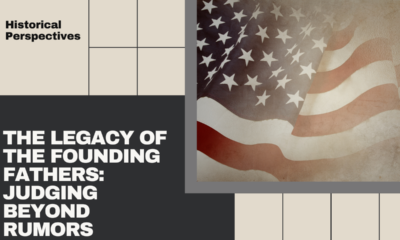
 Education4 days ago
Education4 days agoDid the Freemasons, Illuminati, Spiritualists and Mystics establish this country?
-
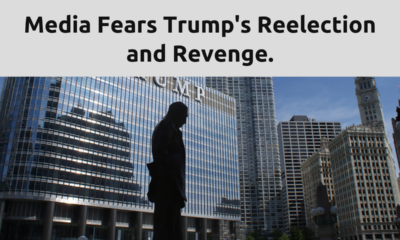
 Civilization2 days ago
Civilization2 days agoLegacy media already assume Trump wins
-

 Education3 days ago
Education3 days agoThe Road Back to Normalcy Starts Where the Problem Began: College Campuses
-
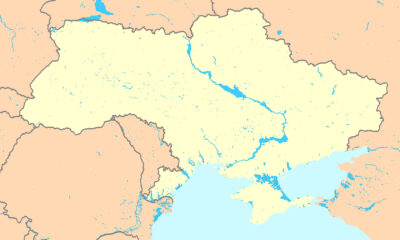
 Civilization2 days ago
Civilization2 days agoWhat 10 Years of U.S. Meddling in Ukraine Have Wrought (Spoiler Alert: Not Democracy)


